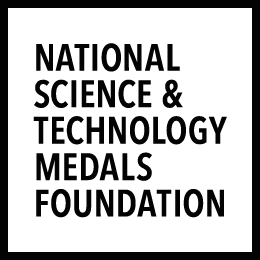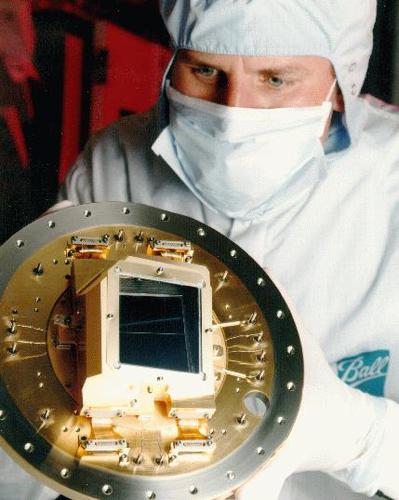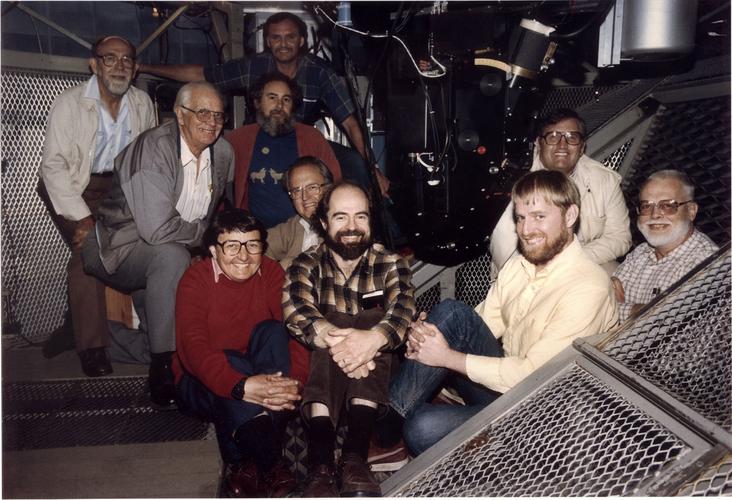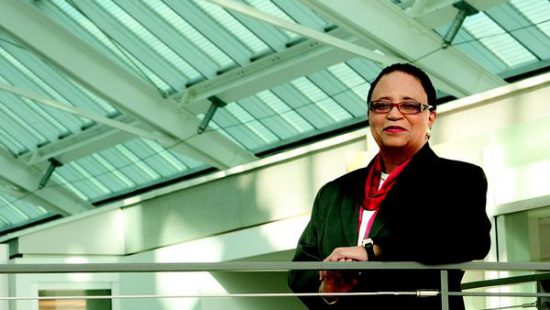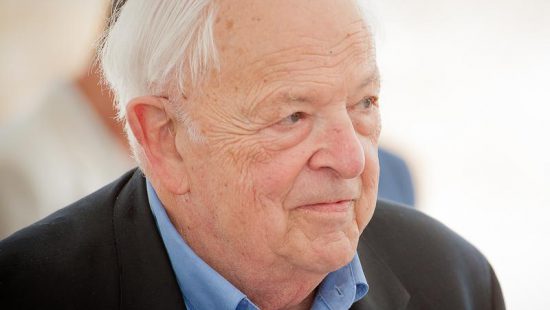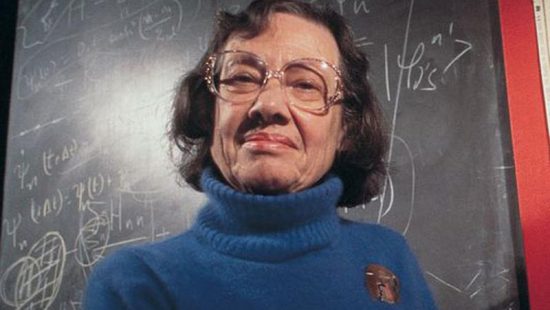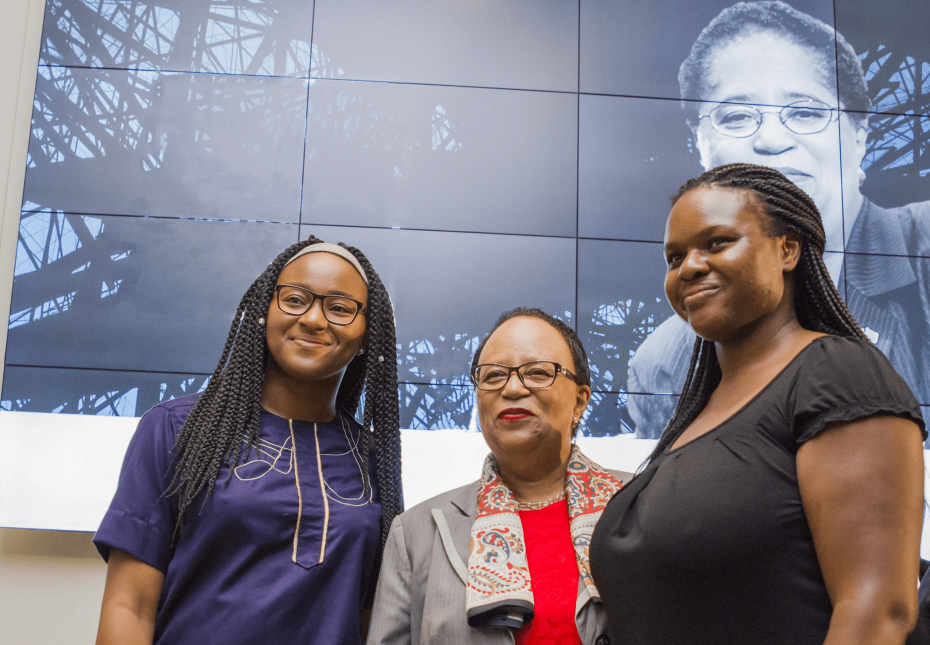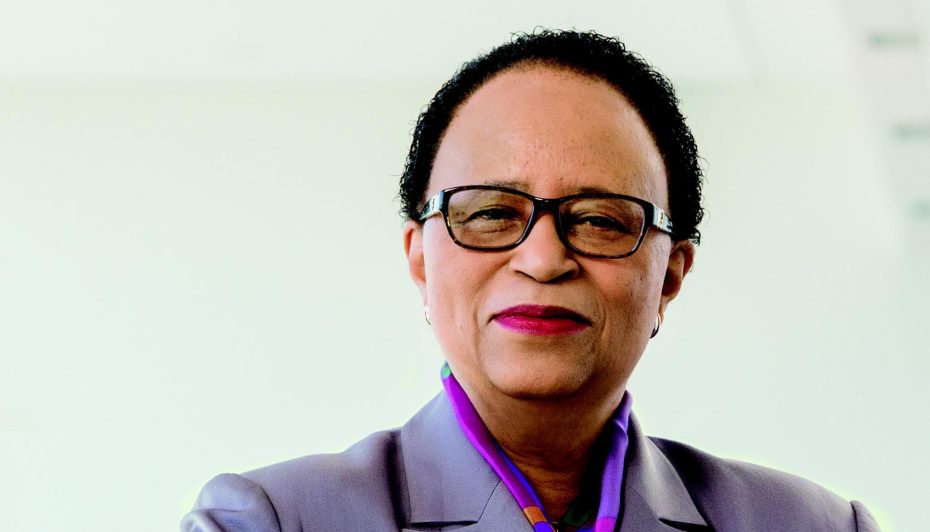Everybody looks at the stars, but not everybody looks at the stars with as much ambition, enthusiasm, and expertise as James Gunn. Over the course of his career, this enterprising astrophysicist has propelled his field forward in areas as diverse as theory, observation, and star-gazing technology.
Early in his career, he made fundamental contributions to our understanding of how galaxies form and designed several observational tests to help confirm the presence of dark matter—a bizarre and all but undetectable ingredient in the universe that emits neither light nor energy. Despite being so elusive to our eyes and instruments, dark matter makes up somewhere around 80% of the matter in the universe.
Gunn built his first telescope at the tender age of 8 and has rarely stopped tinkering since then. He once quipped, “You want an instrument so badly that finally you have to go and build it yourself.” The instruments that he has built or helped with the design of—including the Wide Field/Planetary camera on the Hubble Space Telescope have had an enormous impact on observational astronomy.
After Hubble, Gunn turned his attention to applying digital camera technology to space observation. The project he began, called the Sloan Digital Sky Survey, is working rapidly towards its goal of producing the deepest, most comprehensive map of the night sky ever made. The camera he helped design for that incredibly ambitious project includes 54 silicon electronic light sensors, known as CCDs.
Those sensors—which are found in all digital cameras now, including the one in your smart phone—allow the data collected to be digitized. That digitized data is not just useful for Gunn and his team, it is freely available to anyone and everyone who might be interested. Through the project’s website anyone can access databases that contain almost every megabyte of both image and data files the telescope has gathered so far.
